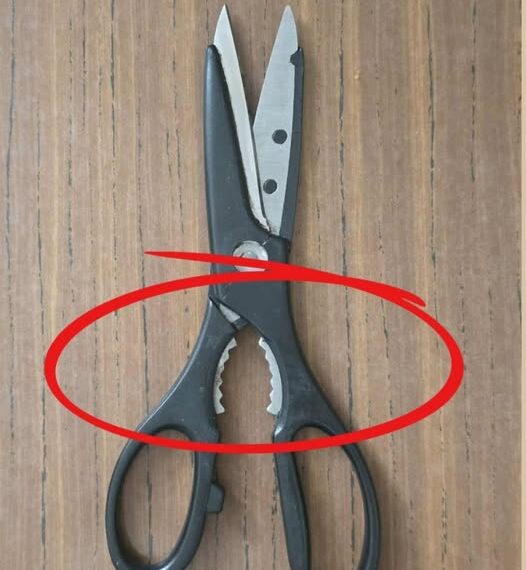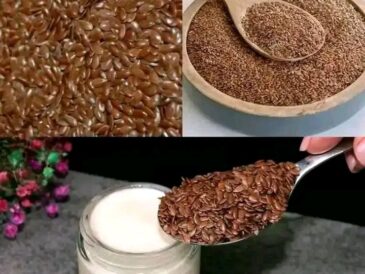You’ve used your kitchen scissors for herbs, opening packages, maybe even spatchcocking a chicken. But have you ever noticed that weird little toothed notch hidden between the handles — the jagged ridge near the pivot — and wondered,
“What is this thing … and why does it look like a tiny dragon’s jaw?”
You’re not alone. Many people assume it’s just a design quirk or grip texture. But the truth is — that little toothed section is a hidden kitchen tool sitting in your drawer, quietly ready to help you with jar lids, slippery bones, sealed packages, and more.
Let’s unlock the secret of this underused feature.
Meet the Hidden Hero: The Built‑In Gripping Notch
That rugged, toothed section between the handles is not accidental or decorative — it’s intentional engineering. Depending on the brand, it may be called a jar opener, nutcracker, bottle grip, bone gripper, or lid lifter.
When you partially close the scissors, those interlocking metal teeth mesh, forming a grippy surface that can hold, twist, or crack whatever object is clamped in. In effect, it’s like a miniature vise built into your shears — activated by your hand strength and leverage.
This design is more than clever: it gives your scissors multiple functions in one compact tool. As Food Republic explains, the teeth help with cracking bones in poultry, handling shellfish, nuts, and even opening jars and bottles.
5 Clever Ways to Use That Mysterious Toothed Notch
Here are some practical uses you may not have tried — but should:
1. Open Stubborn Jar Lids
Place the toothed notch over the edge of a jar lid, squeeze the handles gently, and twist. The grip gives you extra torque to break the vacuum or seal. The toothed grip helps prevent slippage.
2. Crack Nuts Shells
You can use that toothed notch like a nutcracker. Place a walnut, hazelnut, or similar shell in the grip, then squeeze until the shell cracks. This can be more convenient than getting out a separate nutcracker.
3. Pull Apart Small Bones / Shells
On poultry shears or heavier-duty kitchen scissors, that notch can help you break small bones (e.g. chicken wings) or crack lobster or crab shells. The teeth help you hold onto the piece as you apply pressure.
4. Open Bottle Caps or Lids
Some people use that notch to grip and twist off bottle caps, or to pry open sealed lids. Place the notch around the cap’s edge, squeeze, twist, and voilà.
5. Grip Slippery Objects or Package Seals
When a plastic cap or twist top is slick, that toothed section can help you get a firmer grip. It can also assist in holding or removing twist ties, small clips, or taped seals while cutting.
Why Do Scissors Even Include This Feature?
It’s a smart bit of multitasking. Instead of carrying separate tools — a jar opener, nutcracker, seafood cracker — the manufacturer integrates them into your kitchen scissors. This space-saving, multi-functional design is especially handy in compact kitchens.
Also, think ergonomics: using the leverage of scissor handles gives you mechanical advantage that your bare hand might lack — especially if a lid is firmly sealed or your grip is weak.
Safety Tips & Things to Know
Next page





